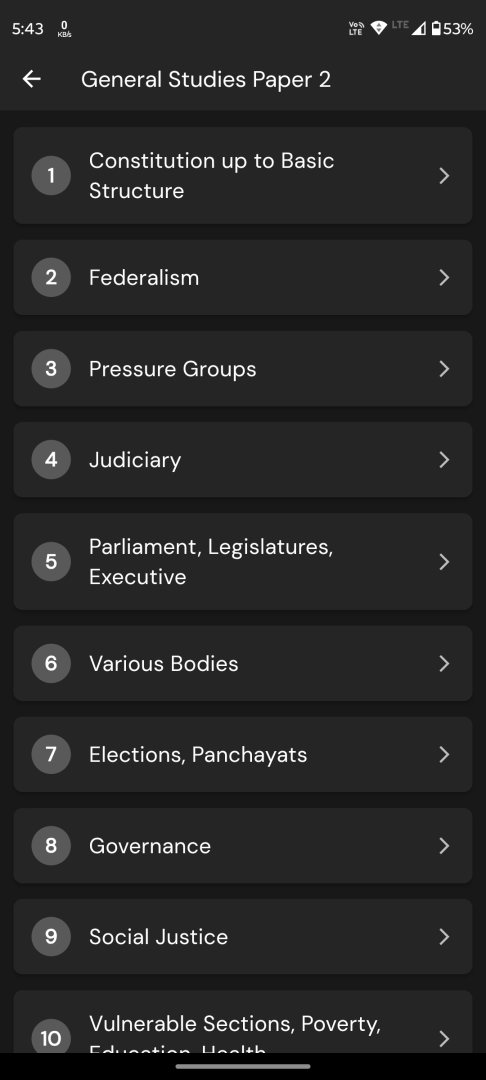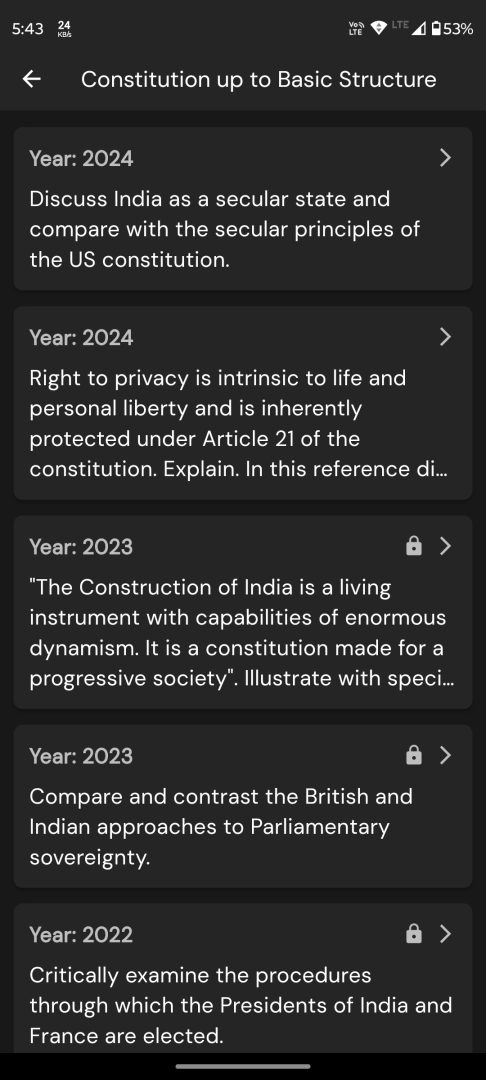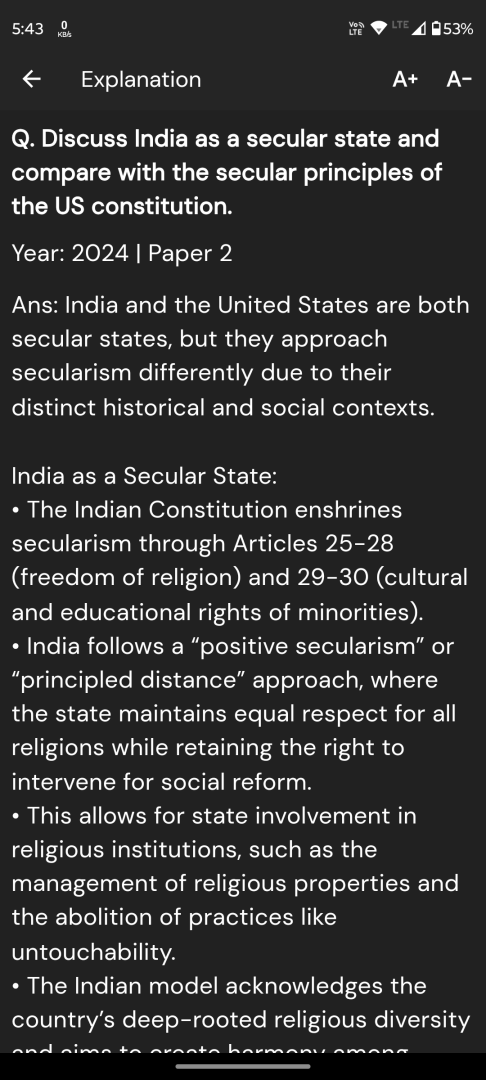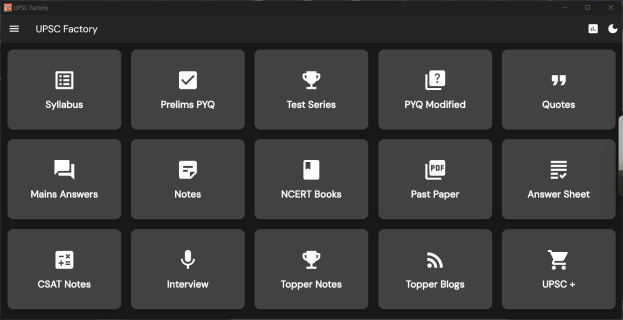Q. Ashok is Divisional Commissioner of one of the border districts of the North East State.
A few years back, Military has taken over the neighbouring country after overthrowing the elected civil government. Civil war situation is prevailing in the country especially in last two years. However, internal situation further deteriorated due to rebel groups taking over control of certain populated areas near own border. Due to intense fight between military and rebel groups, civilian casualties has increased manifold in recent past. In the meantime, in one night Ashok got information from the local police guarding the border check post that there are about 200-250 people mainly women and children trying to cross over to our side of the border. There are also about 10 soldiers with their weapons in military uniform part of this group who wants to cross over. Women and Children are also crying and begging for help. A few of them are injured and bleeding profusely need immediate medical care. Ashok tried to contact Home Secretary of the State but failed to do so due to poor connectivity mainly due to inclement weather.
(a) What are the options available with Ashok to cope with the situation?
(b) What are the ethical and legal dilemmas being faced by Ashok?
(c) Which of the options, do you think would be more appropriate for Ashok to adopt and why?
(d) In the present situation, what are the extra precautionary measures to be taken by the Border Guarding Police in dealing with soldiers in uniform?
UPSC Mains 2025 GS4 Paper
Model Answer:
(a) Options Available to Ashok:
Ashok faces three primary options:
• Strict enforcement: Deny entry citing Foreigners Act, 1946 – legally sound but morally problematic given injured civilians
• Unconditional entry: Allow all including armed soldiers – humanitarian but security risk
• Balanced approach: Conditional temporary shelter with security protocols – pragmatic middle path
(b) Ethical and Legal Dilemmas:
Ethical conflicts:
– Humanitarian duty vs national security (crying children vs armed foreigners)
– Personal conscience vs official protocol
– Immediate compassion vs long-term consequences
Legal challenges:
– Non-refoulement principle vs sovereignty rights
– Foreigners Act provisions vs Right to Life
– Exceeding authority vs doctrine of necessity during emergency
(c) Most Appropriate Option:
The balanced humanitarian approach is optimal. Ashok should:
Immediate actions:
• Provide medical aid to bleeding victims
• Segregate civilians from soldiers
• Establish temporary cordoned shelter (school/community hall)
• Document all entrants with photographs
Security measures:
• Disarm soldiers respectfully as entry condition
• Maintain constant surveillance
• Continue contacting Home Secretary
This approach upholds India’s humanitarian tradition while safeguarding security. It demonstrates administrative qualities of decisiveness and compassion under pressure. The doctrine of necessity justifies temporary emergency measures when lives are at stake (like Uttarakhand floods response).
(d) Precautionary Measures for Border Guards:
• Communication: Non-confrontational approach using translators
• Disarmament: Frame as standard procedure, not confrontation
• Verification: Document rank, unit, circumstances of defection
• Segregation: Keep soldiers separate under discreet surveillance
• Intelligence coordination: Alert military intelligence immediately
• Treatment: Follow international humanitarian law principles
Guards must balance firmness with dignity, treating soldiers as asylum seekers, not combatants.
Conclusion:
Compassionate pragmatism balancing humanitarian imperatives with security protocols best serves national interest and human dignity.




